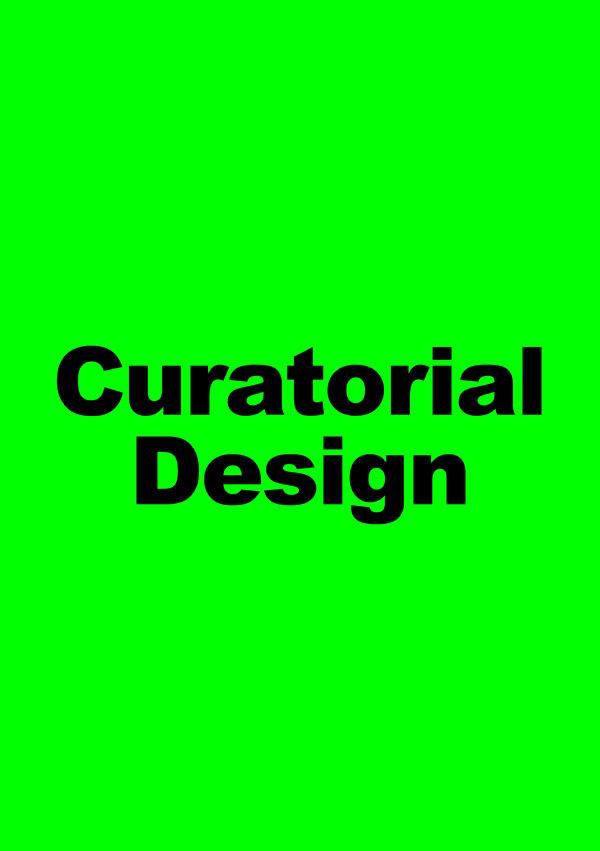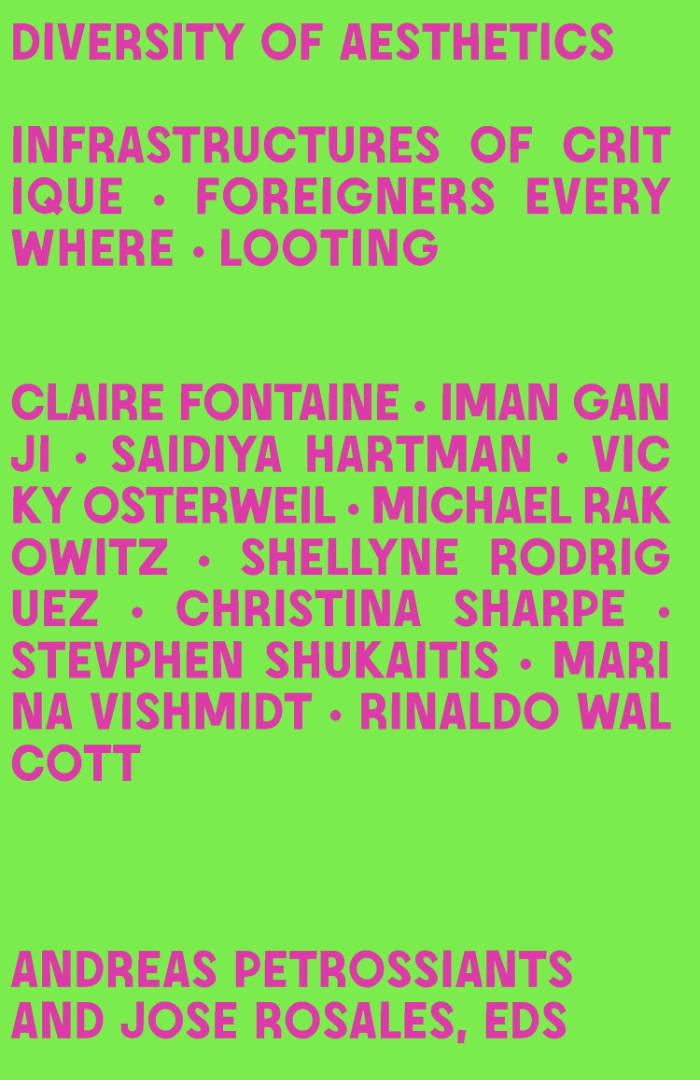
Vogliamo Tutto – Cultural Practices and Labor
Nicola Ricciardi ed., Samuele Piazza ed.
Vogliamo Tutto. Cultural Practices and Labor has its origin in the novel Vogliamo tutto (1971) by Nanni Balestrini, whose protagonist Alfonso Natella became the voice of an entire generation as well as the workers' movements in 1968 Turin. In 2021, thirteen artists were invited to reflect on the change of labor in the contemporary context.
The result is a sum of choral voices and practices, which together outline the peculiar transformative nature of labor and its socio-cultural context over a wide time span: from the impact of the Industrial Revolution to the post-industrial decline and the shifts of the digital era.
The book features two essays by Samuele Piazza and Nicola Ricciardi, curators of the eponymous exhibition at OGR Torino; new writing by the artists Claire Fontaine and Tyler Coburn; and archive texts selected by the artists in the show: Andrea Bowers, Pablo Bronstein, Claire Fontaine, Tyler Coburn, Jeremy Deller, Kevin Jerome Everson, LaToya Ruby Frazier, Elisa Giardina Papa, Liz Magic Laser, Adam Linder, Sidsel Meineche Hansen, Mike Nelson, and Renate Wiehager for Charlotte Posenenske.
The archive texts include the essays "Automation and the Invisible Service Function" by Neda Atanasoski and Kalindi Vora; "Audio Poverty"Diedrich Diederichsen; "Sabotage" by Elizabeth Gurley Flynn; "Wages Against Housework" by Silvia Federici; "The Wreck of the Sea-Venture" by Peter Linebaugh and Marcus Rediker; "Charlotte Posenenske Mimetic Minimalism and Practicability" by Renate Wiehager; an excerpted texts from The Human Animal by Émile Zola; as well as the articles "A Game Designer's Analysis of QAnon" by Reed Berkowitz; "Manage Your Energy, Not Your Time" by Tony Schwartz and Catherine McCarthy; the "Letter of Protest, Frieze Art Fair, New York" by Andrea Bowers, and the "License Agreement" by the Cultural Capital Cooperative collective; the script from Erie by Kevin Jerome Everson; a conversation between David Green and Rick Smith, UAW Local 1112, and LaToya Ruby Frazier.
Contributions from Samuele Piazza, Nicola Ricciardi, Tyler Coburn, Claire Fontaine.
Reprinted archive texts by Neda Atanasoski & Kalindi Vora, Diedrich Diederichsen, Silvia Federici, Peter Linebaugh & Marcus Rediker, Renate Wiehager, Reed Berkowitz, Tony Schwartz & Catherine McCarthy, Andrea Bowers, the Cultural Capital Cooperative.







